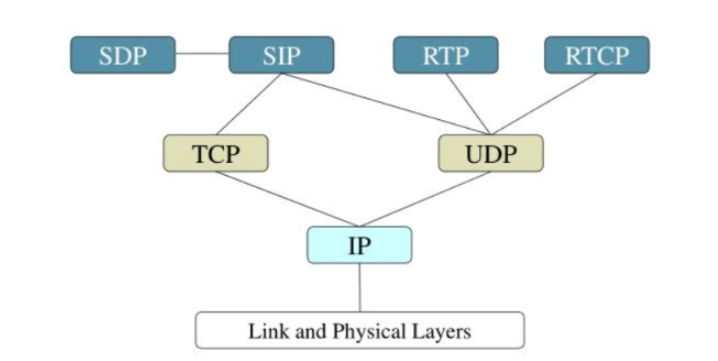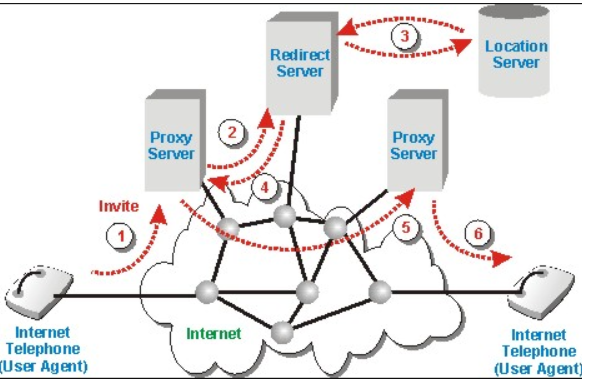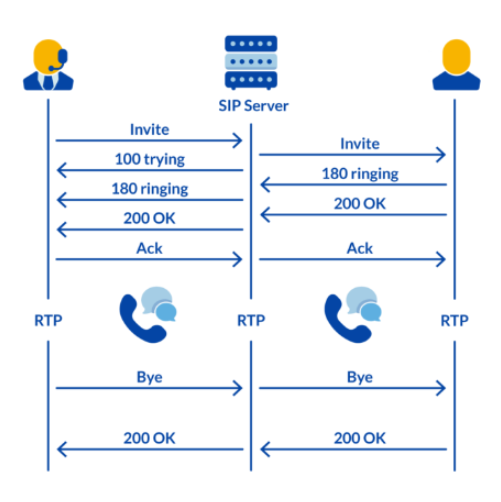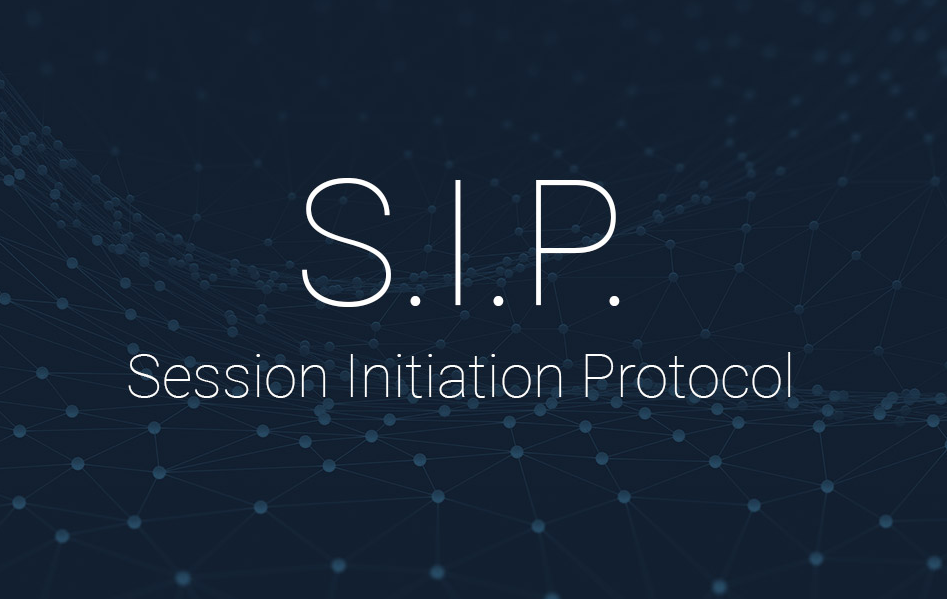SIP (Session Initiation Protocol) is indeed not a common term for your ears, but for people who are really involved in the world of servers, SIP is a term that is very common for them. Briefly explained, SIP is a standard for signaling and session control of telephone packets.
Before reading further, for those of you who want to know more about Netdata, you can contact us directly via the link below.
Already understand about that? For those of you who still don’t understand and want to know SIP in detail as to how SIP works in data communication, you can listen to the explanation below.
Table of Contents
Explanation of SIP or Session Initiation Protocol

Session Initiation Protocol (SIP) is used to signal and control interactive communication sessions. Uses for such sessions include voice, video, chat and instant messaging, as well as interactive games and virtual reality. The SIP protocol is increasingly being used to provide Voice over IP, Presence and Instant Messaging on Next Generation Networks, and is mandated for many new applications, including 3G telephony.
SIP is a protocol developed by the IETF’s SIPCORE working group and is an alternative to ITU Recommendation H.323, but is a lighter weight and general-purpose, text-based protocol based on HTTP.
Communication Network Development Stage With SIP
Building a communication network using SIP has several stages that must be carried out sequentially and at each of these stages must be completed and finished before you carry out the next stage.
- User location: To determine the location of the user who will communicate.
- User availability: In order to increase the desire of the called party to be involved in communication.
- User capability: By determining the media and parameters related to the media to be used for communication.
- Session setup: “Ringing”, is the establishment of a relationship between the calling party and the called party.
- Session management: This can include the transfer, modification, and termination of sessions.
Message Types and Codes In SIP
Basically, messages sent using the SIP method are HTTP-based messages. The contents of this message are identified into two, namely for requests and also for responses. There are types of messages and codes in SIP that you should know, including:
- INVITE: Indicates if the user or facility is being invited to join the session.
- BACK: Confirms that the client has received the last response for the INVITE request, and is only used in the REQUEST request.
- OPTION: Used to question the server about its capabilities
- BYE: Sent by the client user agent to indicate to the server that conversation is about to be terminated.
- CANCEL: to cancel a pending request
- REGISTER: Used by the client to register contact info. The message response contains the standing code and info regarding the condition of the request.
And this code is divided into 6 types:
- 1xx: Provisional, the wish has been received and is being processed
- 2xx: Success, the wish has been received, understood and approved.
- 3xx: Redirection, need further action to process the request
- 4xx: Client Error, the wish is incorrect syntax and cannot be identified so the server cannot process it.
- 5xx: Server Error, server failed to process the request.
- 6xx: Global Failure, request cannot be processed at all on any server
SIP architecture
Basically, this SIP is a unity of various logic functions. What this means is that you don’t have to physically separate the device. These servers are as follows:

- Proxy Server: Is a network host that acts as an intermediary whose goal is to request requests on behalf of other clients.
- The proxy must act as a server and client, it must direct SIP requests to the user agent server, and direct SIP responses to the user agent client. Proxy servers are also useful for routing, ensuring requests are forwarded to those who are entitled to receive them, and including making policies such as ensuring that certain users are permitted to call activity.
- Redirect Server: This is a logical entity that redirects a client to alternate devices of Uniform Resort indicators (URIs) to complete task requests.
- Registrar Server: This is useful for receiving and processing registration messages that allow the location of an endpoint to be located. This Registrar Server works in conjunction with the Location Server.
- Location Server: This server provides services for abstract databases that are useful for translating addresses with words or information available on network domains.
How it Works from SIP or Session Initiation Protocol

Session Initiation Protocol works with two-way communication. For each SIP message, one device sends a request, and the other device receives and then responds.
Responses are coded based on their message. Different previous numbers in the three-digit sequence have different meanings. For example, a 1xx response code means the device received and is processing the message. The code starts with an average completion of 2xx, 3xx is used for redirects, etc.
The most common code is 200, meaning the action completed successfully without further detail. SIP requests or replies are relatively short, with only a few lines explaining the details of the call.
Functions of SIP or Session Initiation Protocol
So, what exactly is the function of SIP or Session Initiation Protocol? SIP does this by providing five different functions:
- UserLocation
SIP determines the user’s location through the registration process. When the soft-phone is activated on the laptop, it sends a registration to the SIP server announcing the availability of the communication network.
- User Availability
User availability is simply a method of determining whether or not a user is willing to respond to a request to communicate. If you “call” and no one answers, SIP determines that the user is unavailable.
- User Capabilities
With different multimedia communication methods and standards, something is needed to check the match between the communication and the capabilities of the user.
- Session Setup
SIP defines session parameters for both ends of the communication more specifically, where one person calls and the other answers. SIP provides a means to organize and/or establish communications.
- Session Management
This function provides the greatest amount of user admiration. Provided the device is capable, the user can transfer from one device to another. For example, from an IP-based phone to a laptop without any real impact.
Conclusion
SIP provides five functions, uses a layered approach that provides flexibility, and has an openness that allows new applications to take advantage of it. The open nature of SIP guarantees its large presence in IP-based multimedia communication architectures.
To be able to get more complete information about SIP, you can look for it on the NetData website page.
NetData is a company that provides technology-based services with the best service and quality, if you are interested in us you can contact us directly via this link or via our contact form here.
![]()


